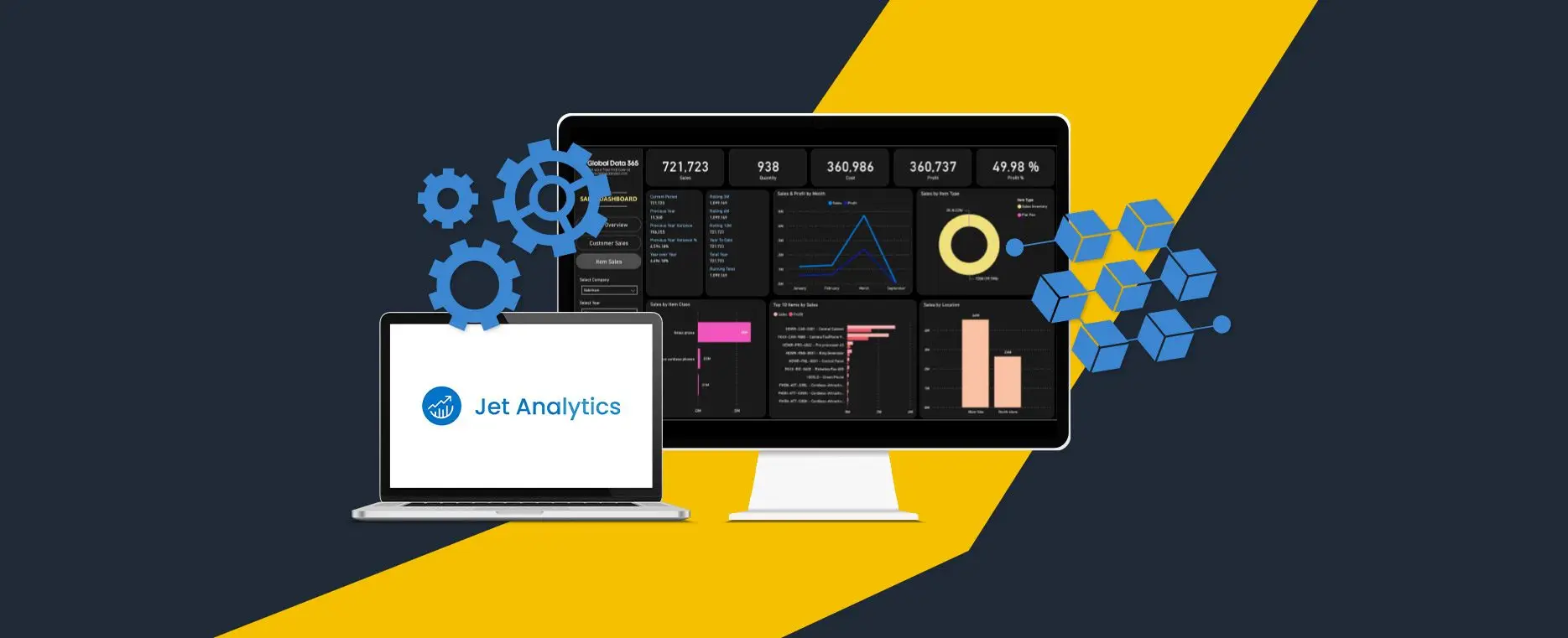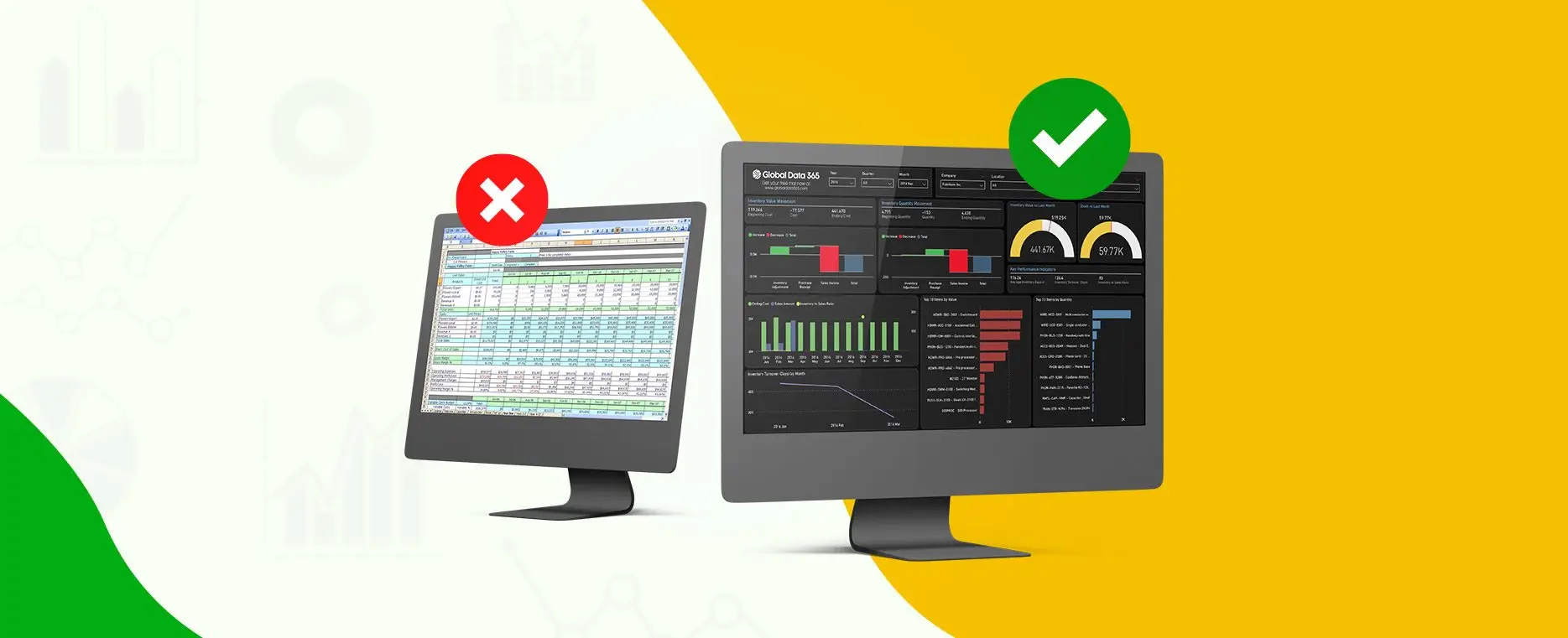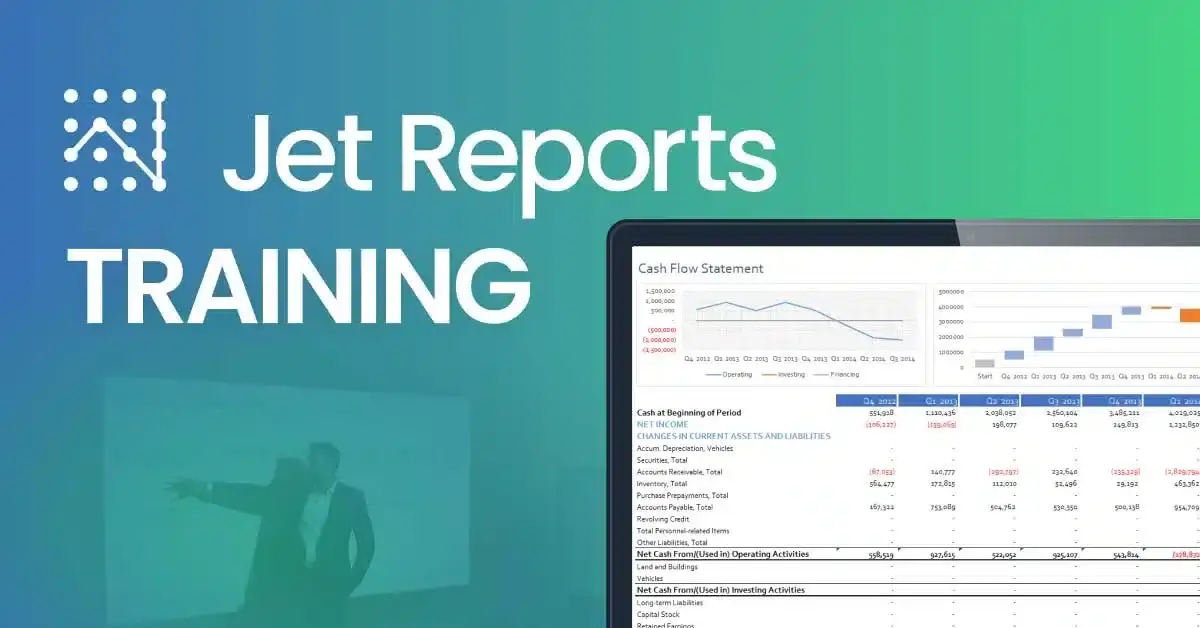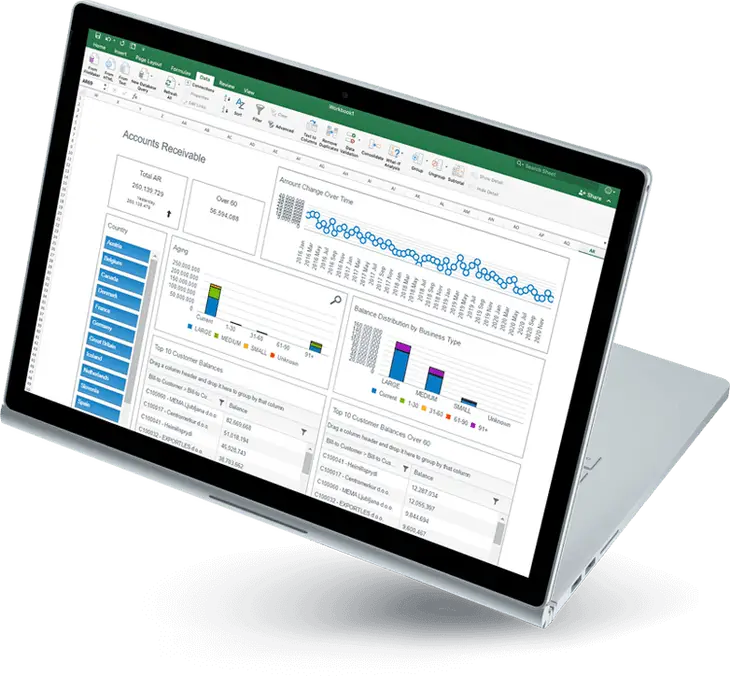Reporting Challenges in Microsoft Dynamics AX 2012

- Global Data 365
Introducing a new ERP system requires a huge amount of resources; time, money, and the company’s overall energy. Most times, the business’s essential day-to-day operational needs, such as monitoring and general data, are fulfilled by the legacy ERP system, which has developed with years. Despite these challenges, businesses can opt to replace legacy ERP systems with a more modern, versatile ERP system to adapt to evolving business needs, take advantage of technological advances, and help propel the company forward. Similarly, Reporting in Dynamics AX can be difficult, particularly after the release of AX 2012 introduced a more complex underlying data structure, increasing the table count from an average of 1800 to 6400.
The feedback gathered from hundreds of implementing partners and users around the world about reporting and analytics in Dynamics AX 2012 is that it takes time, money, and unreliability at best. SSRS is the most popular native tool for reporting from Dynamics AX 2012. As the reset tool, all regular out-of-the-box operational reports need the use of a technical resource who is familiar with Visual Studio, SSRS, report design, and the Dynamics AX database structure. If you’ve been using Dynamics AX 2012 for some period of time in your daily operations activities, you’re probably familiar with the process of generating and exchanging reports. If you’ve been using Dynamics AX 2012 for some period of time in your daily operations activities, you’re probably familiar with the process of generating and exchanging reports.
Reporting Challenges in Dynamics AX 2012
You may have noticed that your organization is not getting all of the information it requires when it comes to reporting. So what challenges arise when it comes to Microsoft Dynamics AX 2012 implementation?
- Complex underlying AX 2012 data.
- No skilled AX developers.
- Dependency on consultants and cost of facilities.
- No simple way to integrate additional data sources.
- Inability to get a single, accurate, real-time view of your data.
- Lack of available out-of-the-box cubes.
These challenges lead to business leaders thinking about whether they need a new reporting solution, a huge ERP upgrade, but an ERP system upgrade won’t fix the reporting and data visibility obstacles. Listed below are the four main areas in Dynamics AX 2012 reporting and analytics that take time, money, and effort. We will start by breaking down the problems and then presenting a solution to help save Dynamics AX users’ time and money.
SSRS Programming
The problem in programming in the SSRS setting is that it is slow and expensive. Because of the large volume of data in the system and the requisite linking properties, conventional programming (SSRS) can be slow, bottlenecked, and costly when it comes to reporting in Dynamics AX 2012.
So what is the solution? With an easy-to-use, faster front-end reporting platform designed for Dynamics AX, data is better organized. A data warehouse that automates and optimizes data from Dynamics AX along with a user-based front-end reporting tool, such as Jet Analytics from Global Data 365, enables non-technical users to generate and distribute reports and dashboards quickly and easily.
Building OLAP Cubes
The problem is time consuming and expensive. Because of the complex tools and resources needed to use them, generating or changing data cubes in Dynamics AX 2012 is time-consuming and costly. You can’t write a new query if you lack resources to understand both SSAS data cubes and Dynamics AX 2012.
So what is the solution? Easy backend cube management system. The Jet Data Manager, which automates the building of SQL code and data movement monitoring for you, makes handling cubes in Dynamics AX 2012 much simpler and faster. Any database administrator on your team can change data cubes using Jet Analytics’ drag-and-drop or point-and-click features, enabling you to be more effective in getting the data you need, whenever you need it, without the need for costly experts or delays.
Managing Ungoverned Data in Excel
The problem is fragmented and inaccurate data. Microsoft Excel is the most common and widely used reporting tool, but it is not regulated or safe. Without hold over Microsoft Excel, each employee in a company has their own spreadsheets, each of which has been compiled with data in their own specific way and only resides on their PC; as a result, everyone has their own version of the facts.
So what is the solution? Controlling Microsoft Excel. Implementation of MDM and a data warehouse to organize your data will secure it and act as one operational place for your reporting needs. Jet Analytics helps you to use Excel for all of your reporting needs while still handling the delivery, security, and run-time of these reports through a single source and data management framework.
Single Source View in Power BI
The problem is that it is hard to use and organize. Power BI is a common visualization tool, but it’s difficult to use and maintain in Dynamics AX 2012 without the correct underlying data solution. Because of all the data, combining and mapping needed to construct a single view, putting together views is difficult. It also does not allow data segmentation.
So what is the solution? Implementation of an underlying data solution. Jet Analytics provides the right framework to reap the benefits of Power BI‘s powerful visualization tools by planning the data first with easy-to-access, structured data cubes. It eliminates the need for joins or locks by storing all of your data in one location and instead relies on links. With Jet Analytics, a process that would usually take two days takes just half an hour, and any regular user can do it.
Takeaway
With a reporting and analytics platform built for ease and reliability, you can help the Dynamics AX users become more self-sufficient. Implementing Jet Reports for Dynamics AX is a simple, versatile self-service reporting tool that allows any employee in your company to generate and exchange financial and operational reports directly from inside Excel.
Schedule a Demo with our Experts
Search Blog
Related Resources
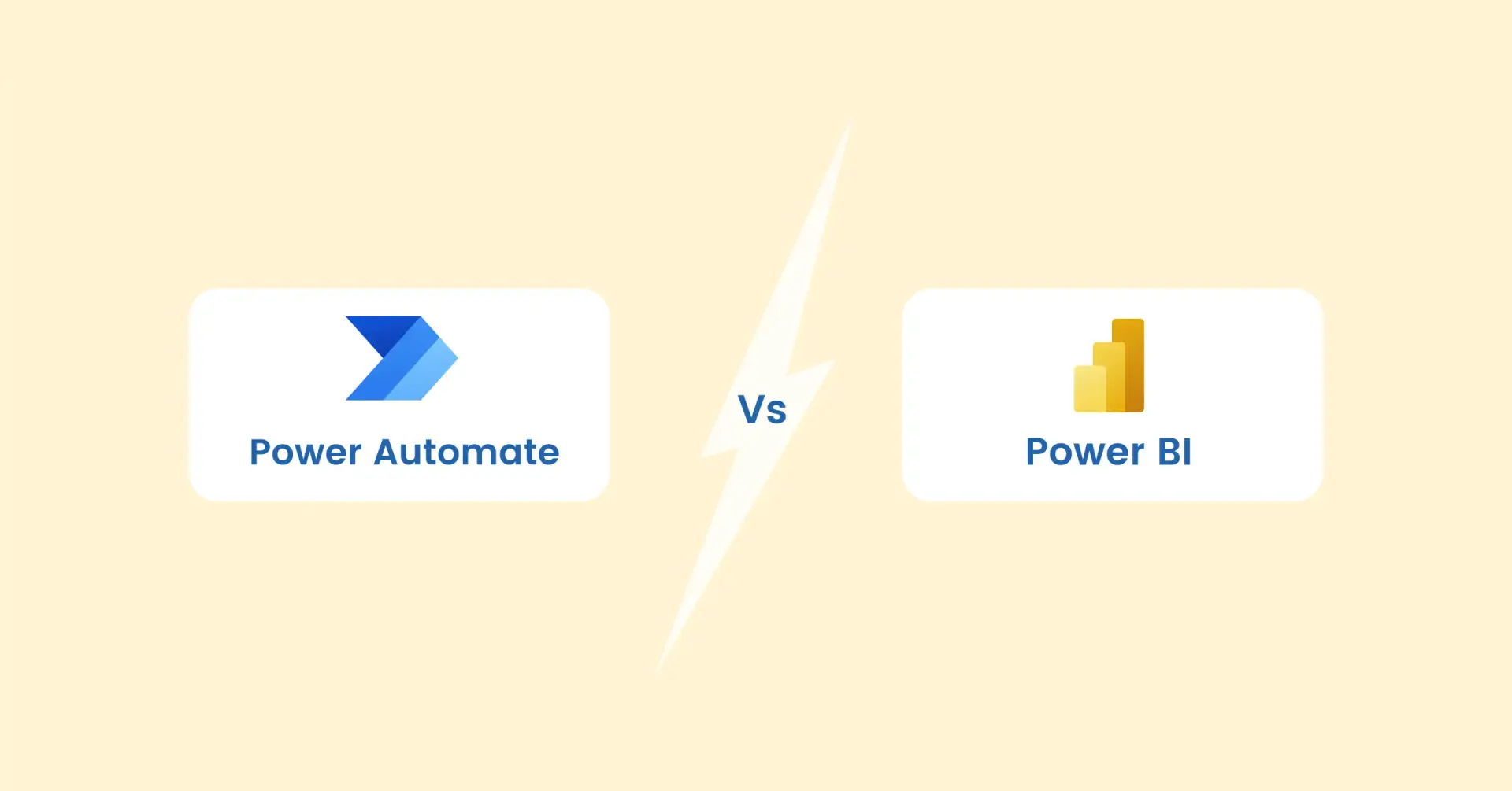
Power Automate vs Power BI

Automated Forecasting with Jet Reports
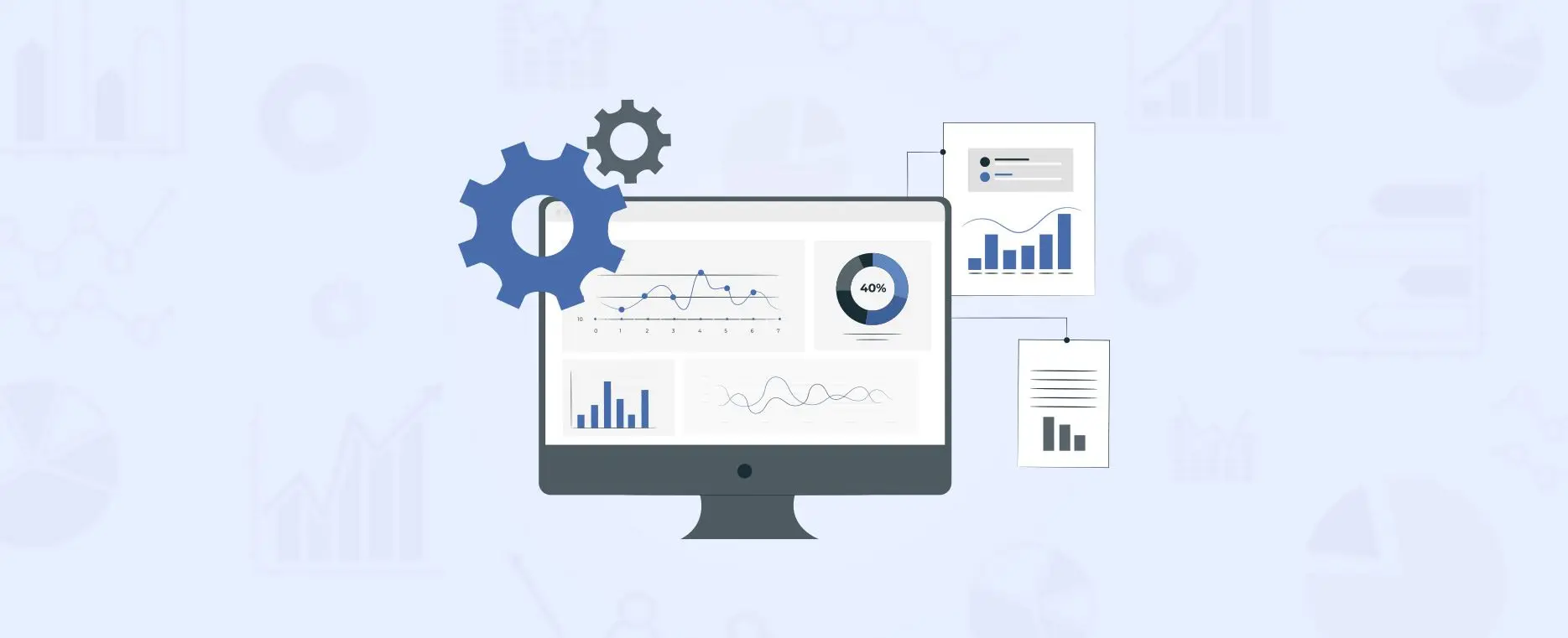
How To Automate Reporting From Dynamics GP?
Interact Live with Dashboards
Increase efficiency and deliver success now with Microsoft Power BI. Enjoy a 20% discount on all Power BI services.
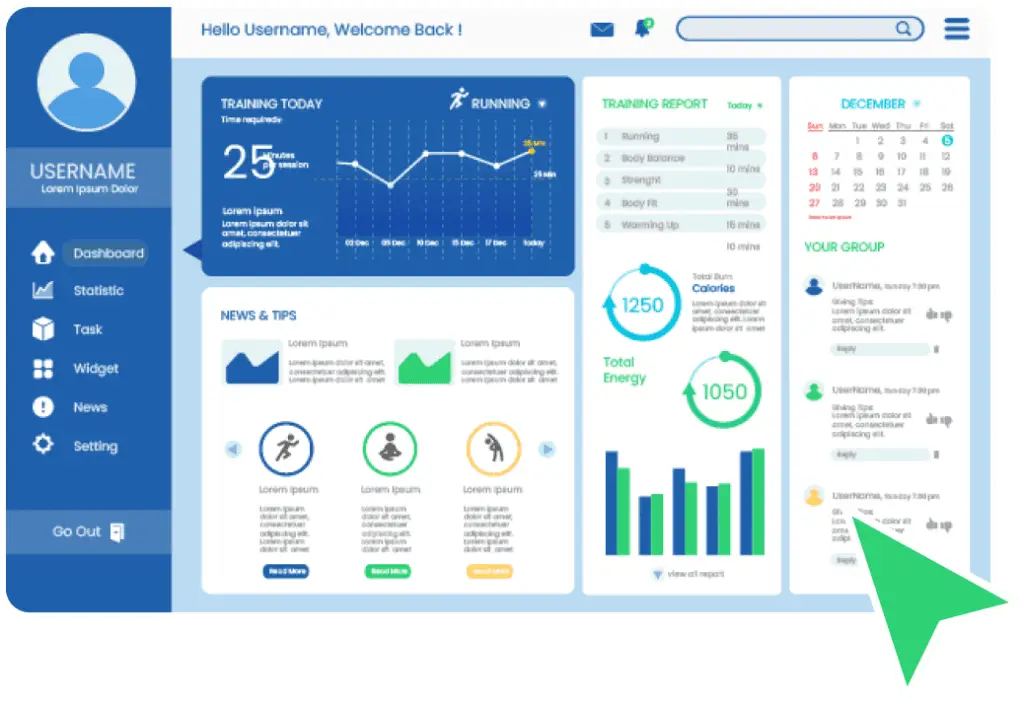
Subscribe to Our Newsletter
Reporting Challenges in Microsoft Dynamics AX 2012 Read More »





